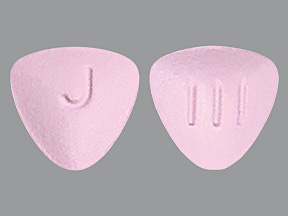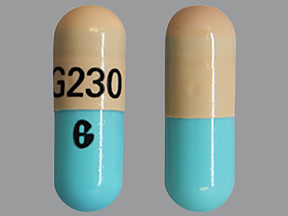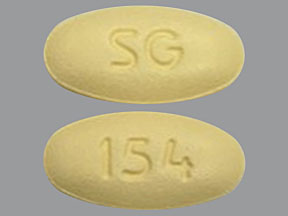Which of the following is a precaution to the RSV vaccine in older adults?

|
CV disease (eg, CHF, CAD)
|
|
diabetes mellitus
|
|
moderate or severe acute illness with or without fever
|
|
neurologic conditions
|
|
residence in a nursing home or other facility
|
|
lung disease (eg, COPD, asthma)
|
When will patients infected with tick-borne alpha-gal syndrome start to show allergic sx?

|
24-48 hours after eating meat or dairy products
|
|
immediately upon eating meat or dairy products
|
|
30 minutes to 1 hour after eating meat or dairy products
|
|
2-6 hours after eating meat or dairy products
|
|
12 hours after eating meat or dairy products
|
Can you identify this pill?

|
entecavir
|
|
alprazolam
|
|
enalapril
|
|
lisinopril
|
Can you identify this pill?

|
ziprasidone
|
|
acitretin
|
|
omeprazole
|
|
cyclobenzaprine
|
Can you identify this pill?

|
clozapine
|
|
oxycodone
|
|
amlodipine/valsartan
|
|
atorvastatin
|
Of the diseases listed, five account for 38.7% of serious harms related to diagnostic error. Which of the following isn’t in the top 5?

|
lung cancer
|
|
myocardial infarction
|
|
stroke
|
|
pneumonia
|
|
sepsis
|
|
venous thromboembolism
|
